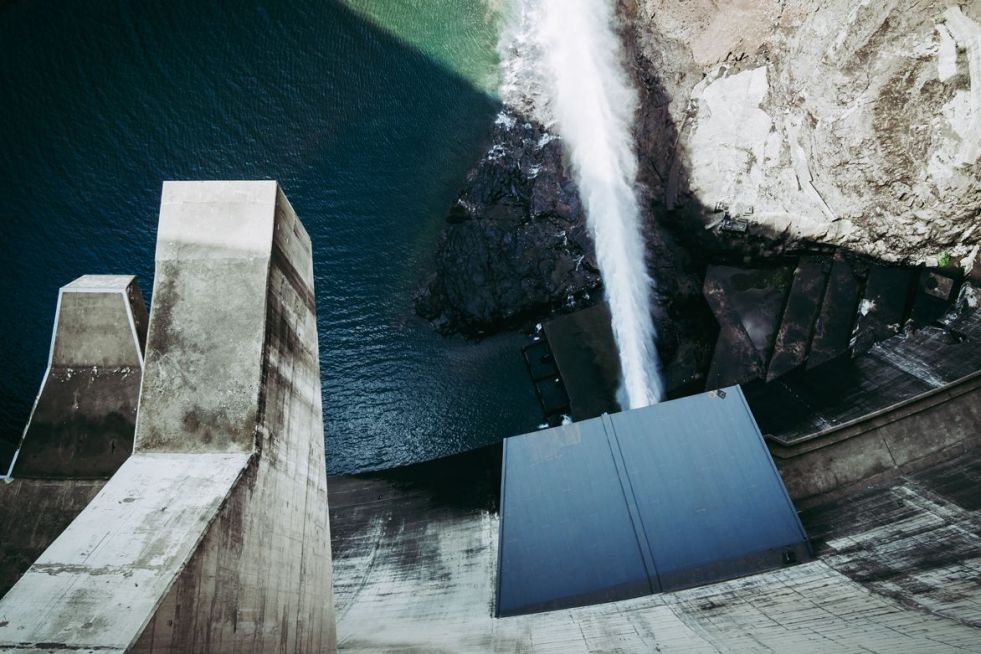As we are celebrating world water day 2019 with the theme[1] ‘Leaving No One Behind’, two United Nation’s reports release in this month have underlined the growing water crisis on the watery planet. While the WaterAid report[2] has raised alarm over rapidly falling groundwater table in South Asia, the sixth edition of ‘Global Environment Outlook’, has warned of growing pollution of freshwater sources[3] and resultant impact on human health.
The situation this year in India indeed warrants wide attention as about 50 per cent of the country is facing drought[4] condition. With rapid fall in groundwater table, wells, tanks and streams are turning dry in most part of central and south Indian states. The farming, riverine and village communities are particularly at the receiving end of compounding water crisis.
The cities of Chennai, Bengaluru, Hyderabad, Pune are facing severe water scarcity which will turn worse in the coming days. The Cauvery river in Kodagu, Karnataka has registered unprecedentedly low flow[5]. The water level in Jayakwadi dam in Aurangabad has reached dead storage[6] and Mettur dam has been falling[7] sharply.
In a remedial but surprising move, the Bruhat Bengaluru Mahanagara Palike has set up a team of water marshals[8] to act against water tankers charging exorbitantly from residents. Before this, Nasik district administration has formed patrolling squads[9] to protect canal water from theft by farmers. Tribal areas in Siddipet, Telangana are reeling under dearth[10] of potable water. The forest fire[11] and increasing summer has forced wild animals move towards human populated areas.
However, on positive note, many individuals, groups and communities have silently been investing efforts in water conservation works. Many have yielded positive out-comes. Many other institutions including some initiatives at government level have also set an example before others in preserving the water resources and treating and reusing polluted water. Also, there are a number of remarkable water conservation efforts by farming communities across the country. This compilation tries to put together some of the positive water actions in India during the past one year.
Continue reading “World Water Day 2019: Positive Stories from India”


